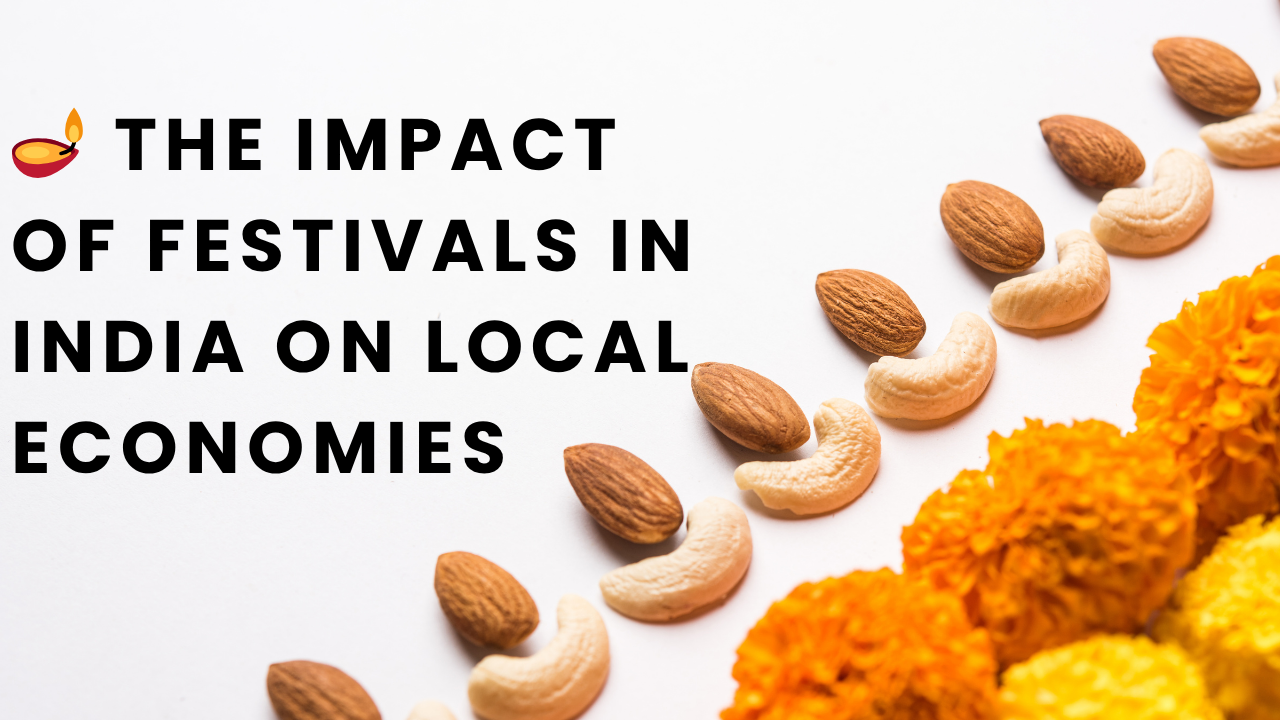India is the centre of festivities in addition to being a country rich in colours and spices. Every holiday, from the vivid colours of Holi to the lights of Diwali, is a spectacular event that transcends simple joy. It drives digital trends as well as travel, business, food, and hospitality. However, have you ever thought how local economies benefit from these happy occasions?
Let’s dive into the fascinating world where faith meets finance and tradition powers transactions.
Table of Contents
📈 Festivals as Economic Powerhouses
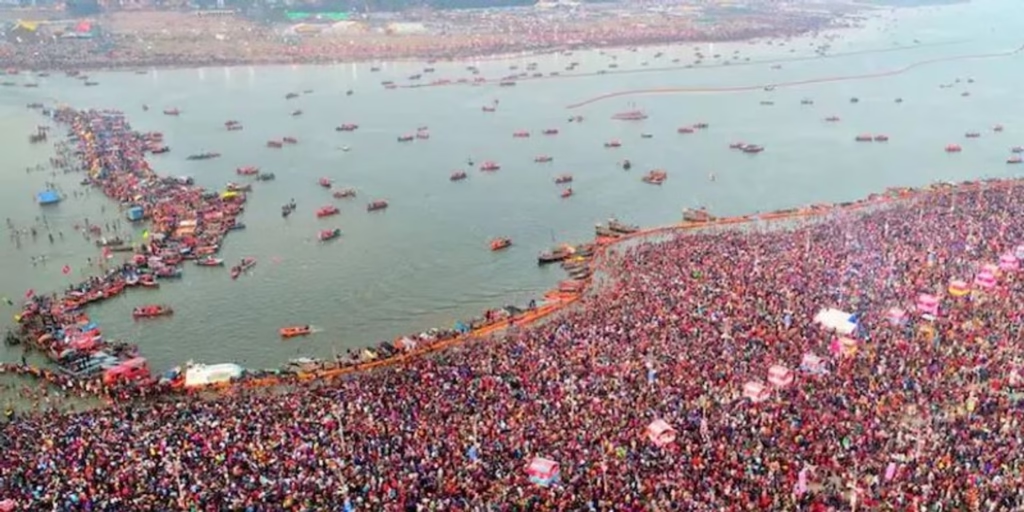
Contribution to GDP
India’s festival economy is no small player. According to market analysts, the Festivals in India season contributes a significant chunk to annual GDP, especially in the third and fourth quarters. Diwali alone can stimulate a spike of nearly 30-40% in retail sales across sectors like electronics, clothing, and real estate.
Boost to Domestic Tourism
Indians travel more during festivals. Think about people heading home for Diwali, tourists flocking to Varanasi during Dev Deepawali, or the rush during Ratha Yatra in Odisha. These movements lead to a tourism boom, energizing local transportation and hospitality industries.
🚉 Sector-Wise Economic Influence
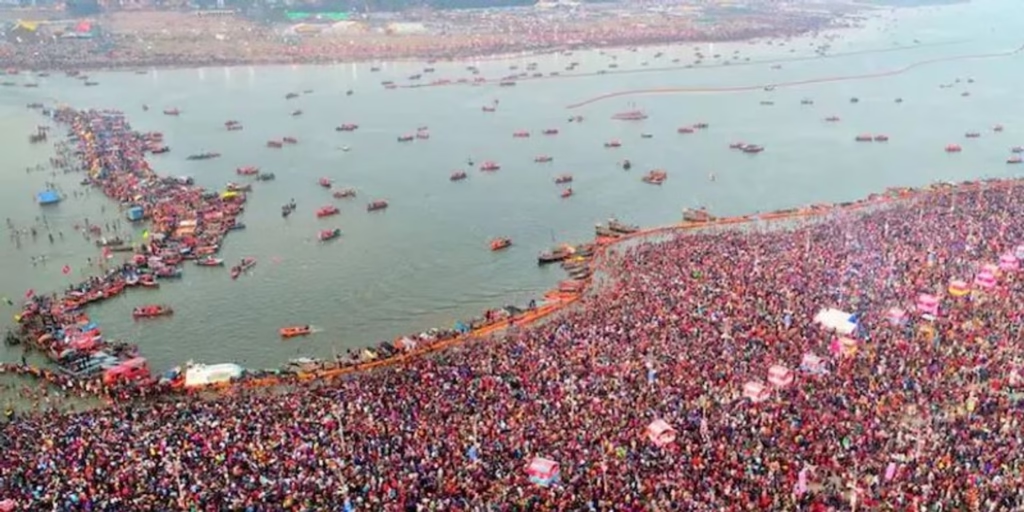
Travel and Transportation
Festivals in India translate into packed trains, sold-out flights, and long road trips. Whether it’s the Konkan Railway during Ganesh Chaturthi or extra buses deployed during Eid, transportation companies see a golden window to profit.
- Surge pricing in taxis and auto-rickshaws
- High revenue for airlines and Indian Railways
Hospitality and Accommodation

Hotels near temples, ghats, and heritage cities get booked months in advance. Homestays and Airbnb rentals are in high demand, creating opportunities for locals to earn by hosting tourists.
- 100% occupancy in hotspots
- Premium pricing during peak dates
Retail and Shopping
The phrase “festival sale” is magic to Indian ears! Malls, markets, and online platforms see a huge uptick in traffic.
- Gold and jewelry sales skyrocket
- Apparel, electronics, and furniture are hot picks
- Pop-up shops thrive during fairs
Food and Beverage
From mithai shops selling laddoos by the kilos to cafes launching limited-edition festive menus, the food industry has a feast.
- Sweets, snacks, and desserts dominate demand
- Local delicacies see a revival during cultural celebrations
🌍 Regional Festivals and Micro-Economies
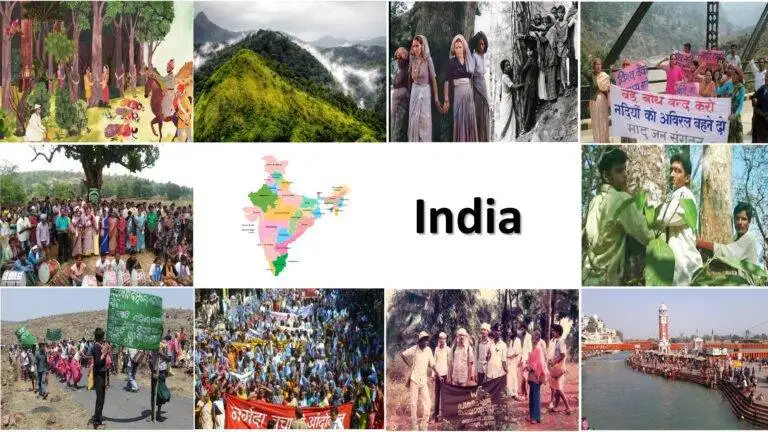
Durga Puja in West Bengal
- Idol-making (Kumartuli) supports thousands of artisans
- Over ₹40,000 crore pumped into the state economy annually
- Light decorators, fabric merchants, caterers get a seasonal boost
Pushkar Camel Fair in Rajasthan
- Livestock trade draws international tourists
- Handicraft and textile vendors flourish
- Rural transport and accommodation earn big
Onam in Kerala
- Farmers earn profits from banana, yam, coconut, and flower sales
- Tourism in Kochi and backwaters surges
👷 Employment Generation During Festivals
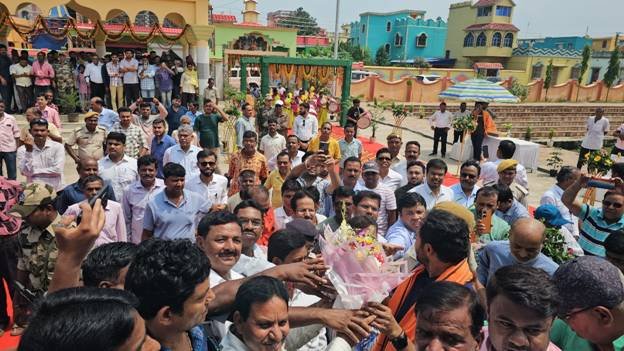
Festivals create lakhs of temporary jobs—from decorators and caterers to drivers and security staff. Youngsters take up roles as:
- Sales promoters
- Event organizers
- Tech support for online festival campaigns
This gig economy boost can often serve as a stepping stone into longer-term employment.
🧵 Small Businesses and Local Artisans
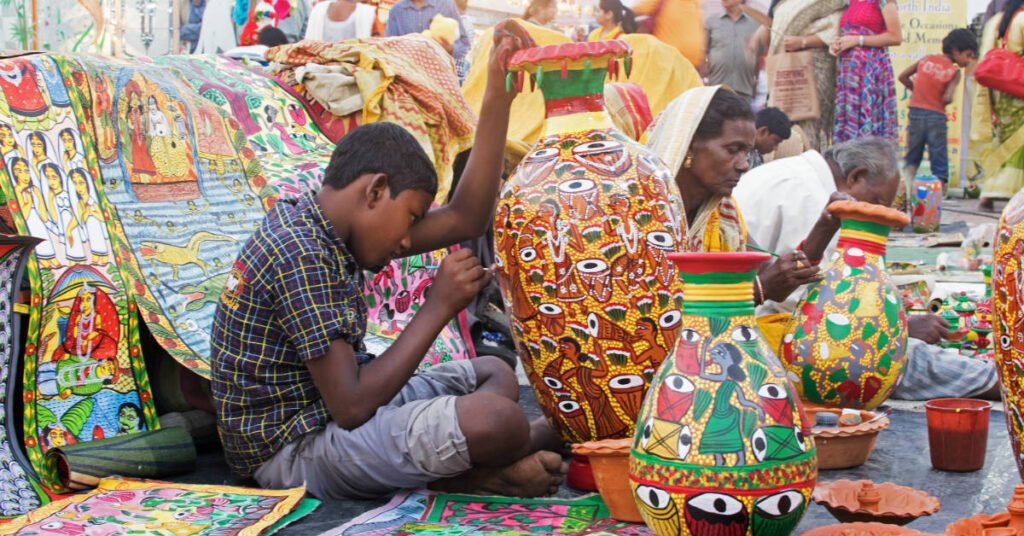
Handicrafts and Handlooms
Festivals in India are perfect for showcasing India’s rich traditional crafts. From Madhubani art to Pochampally sarees, regional products get renewed attention.
- Craft melas and haats give artisans direct access to buyers
- Cultural pride translates into increased sales
Street Vendors and Local Sellers

From earthen diya sellers during Diwali to Rakhi stalls, the unorganized sector thrives.
- Often see 200-300% increase in daily income
- Encourages entrepreneurship among locals
🏗 Infrastructure Development and Urban Planning
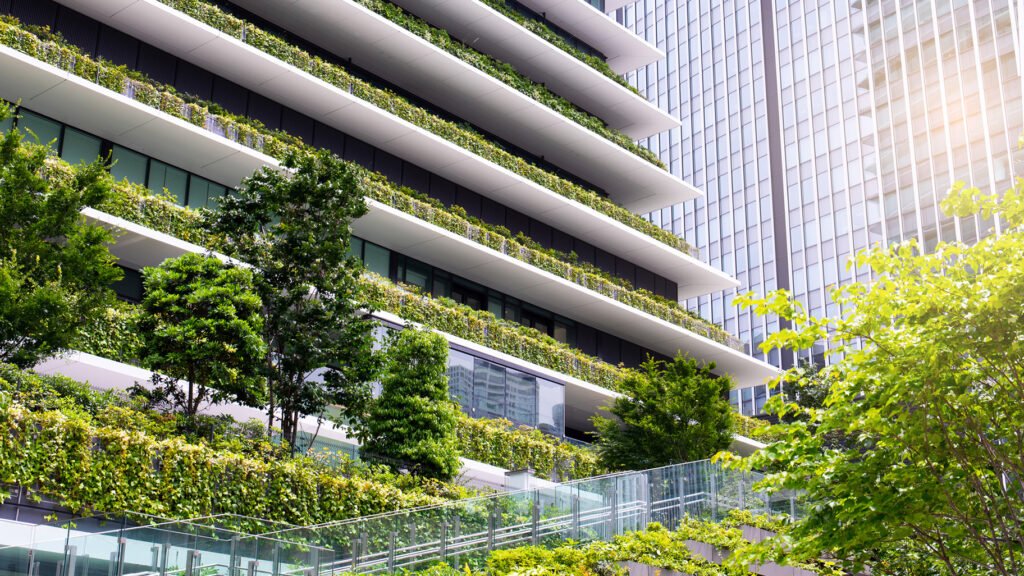
Many cities spruce up roads, public toilets, and lighting in preparation for Festivals in India . Temporary stages, sanitation services, and traffic diversions also require:
- Skilled labor
- Material procurement
- Logistics and event planning
This indirectly gives a push to construction, retail, and event management industries.
🏛 Government Involvement and Festival Funding
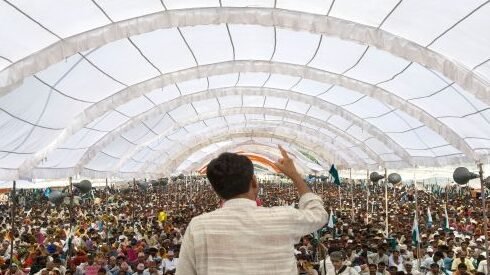
Tourism ministries run festival circuits to attract global tourists. Initiatives like:
- “Dekho Apna Desh” campaign
- State-sponsored fairs and parades
- Grants for cultural events
These efforts stimulate local economies and promote heritage tourism.
📲 Digital Influence on Festival Economy
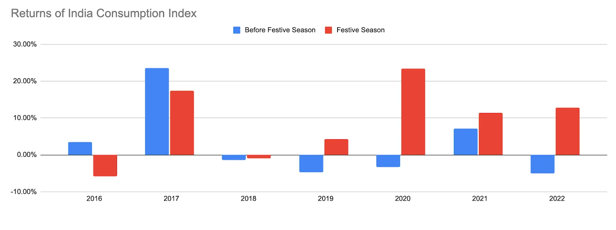
Online Sales and E-commerce Booms
Festivals are the Black Friday of India. Platforms like Amazon, Flipkart, and Myntra record record-breaking revenues during:
- Great Festivals in India
- Big Billion Days
Influencer Marketing and Brand Collaborations

Brands team up with local influencers to promote festival-specific campaigns. It brings:
- Massive visibility to regional products
- Growth for content creators in Tier 2 and 3 cities
🌿 Environmental and Social Impacts
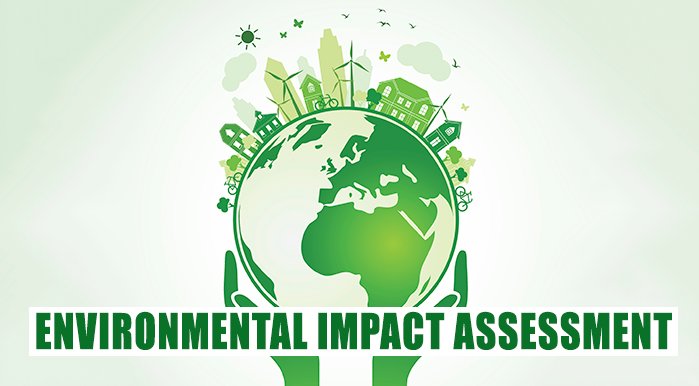
While the economic boost is undeniable, so are the environmental costs:
- Plastic waste, food wastage, and loud noise
- Overburdened public spaces and infrastructure
This has led to eco-friendly movements, promoting biodegradable products, silent celebrations, and community-led cleanups.
⚠️ Challenges and Risks
Every coin has two sides:
- Price inflation on essential items
- Counterfeit products in the market
- Security threats in crowded areas
- Traffic congestion and law enforcement strain
Still, the benefits often outweigh the drawbacks—if managed wisely.
🔮 Future of Festival Economies in India
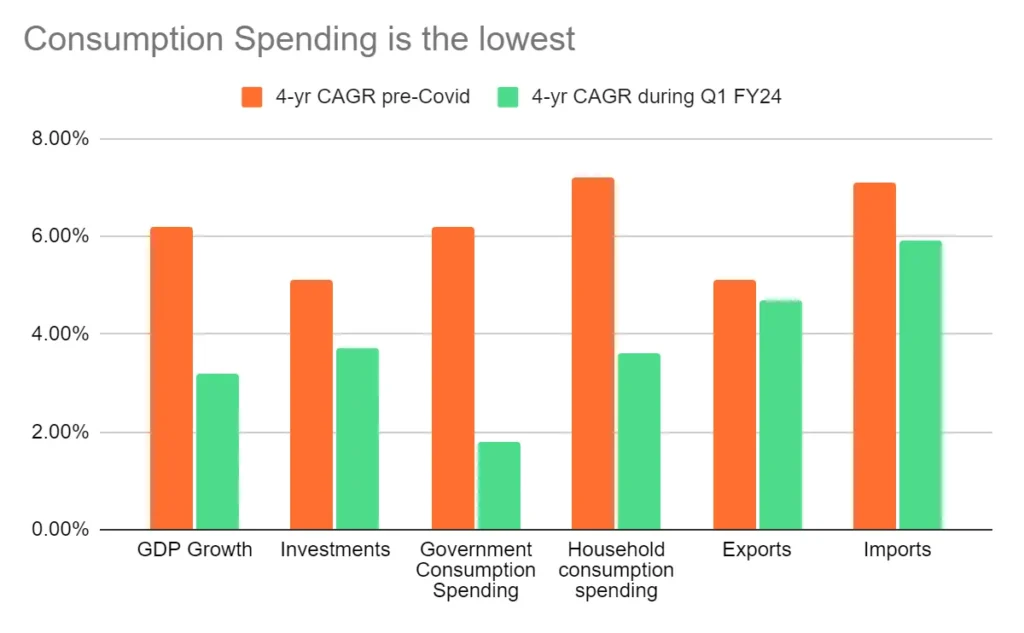
What’s next?
- Smart festivals using AI for crowd management
- Green celebrations promoting eco-conscious decisions
- Digital marketplaces for artisans and sellers
With the right balance of tradition and innovation, festivals in India will continue to shine as vibrant engines of economic growth.
Also visit:
Planning Your Perfect Road Trip in Australia
Top 10 Wildlife Safaris in Africa You Must Experience
Planning Your Dream Wildlife Safari in Africa
The Magic of Wildlife Safaris in Africa: What to Expect
🏁 Conclusion
Festivals in India aren’t just spiritual or cultural milestones—they’re economic lifelines. They empower communities, uplift small businesses, revive traditional arts, and drive commerce like few other events can.When lights shine during Diwali or the dhol beats echo during Ganesh Chaturthi, there’s more than celebration happening—there’s an economy at work.

